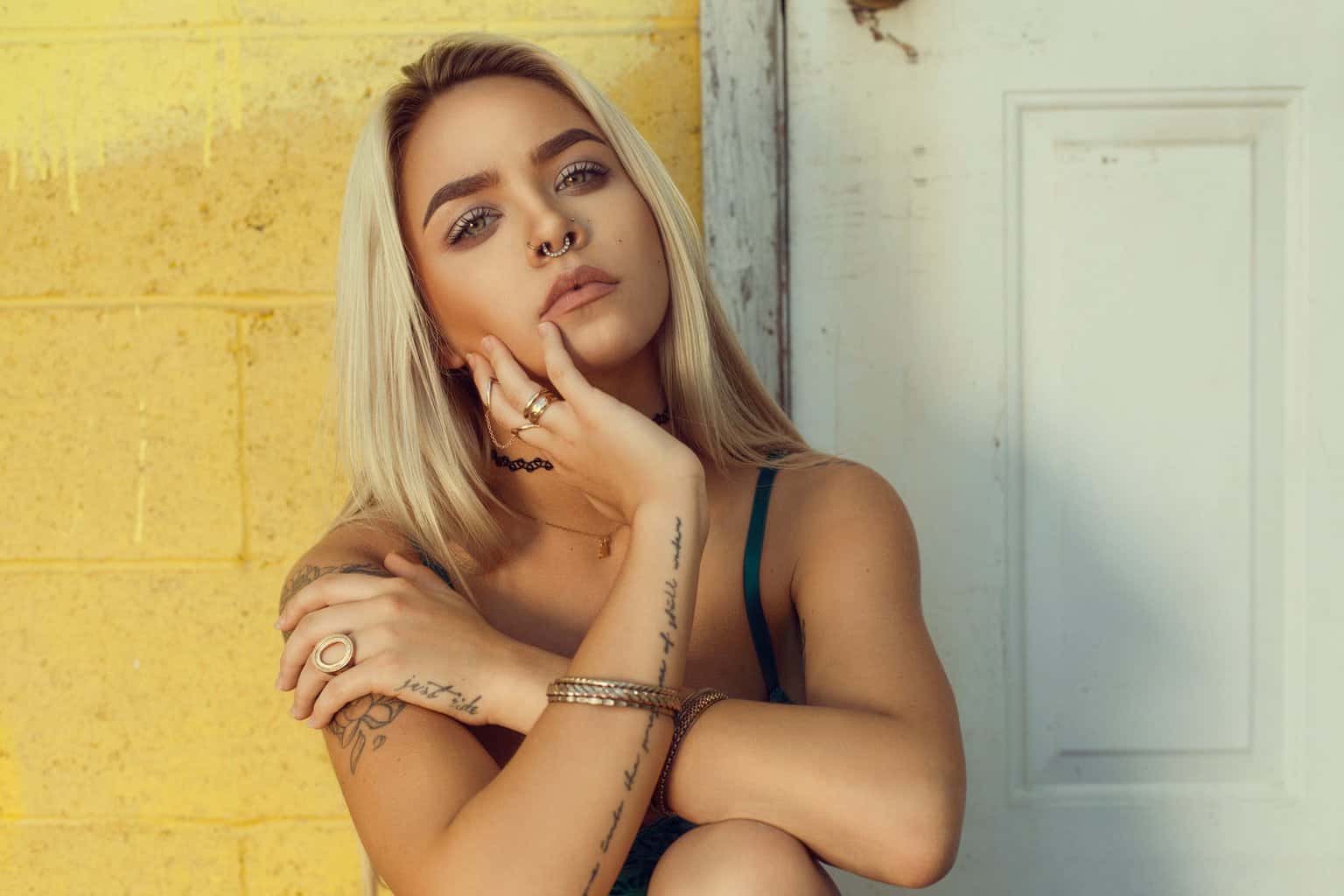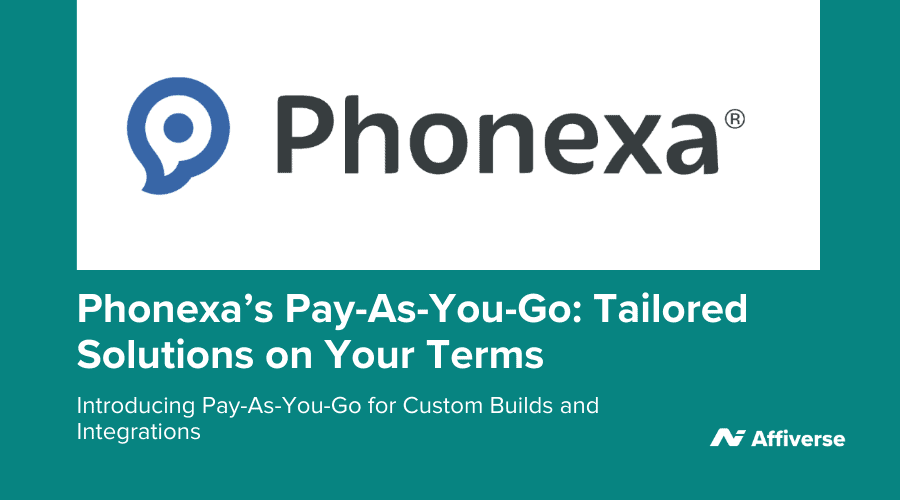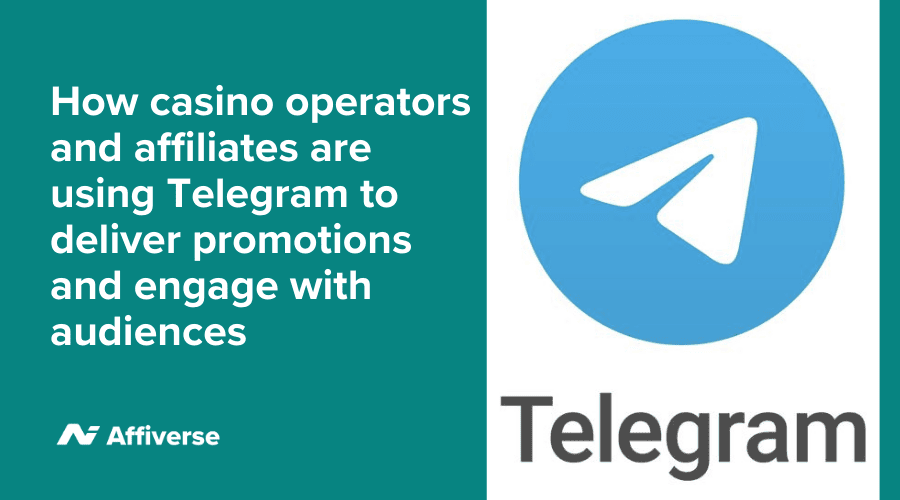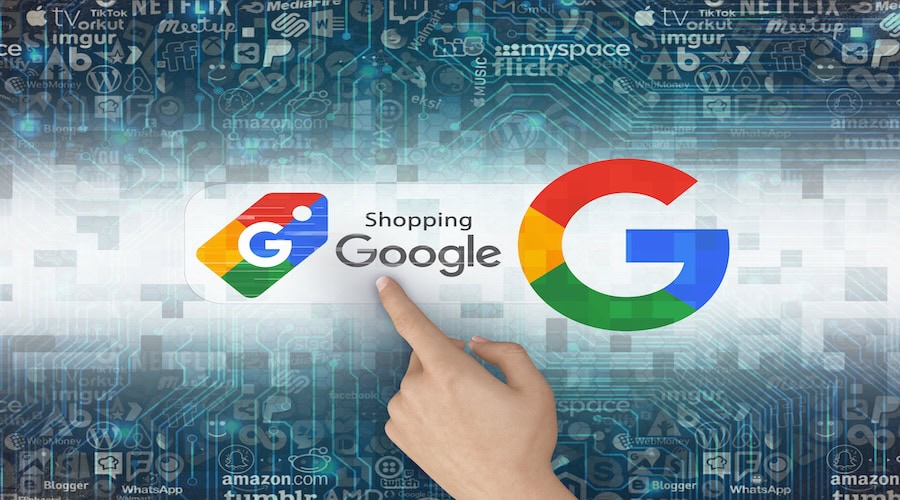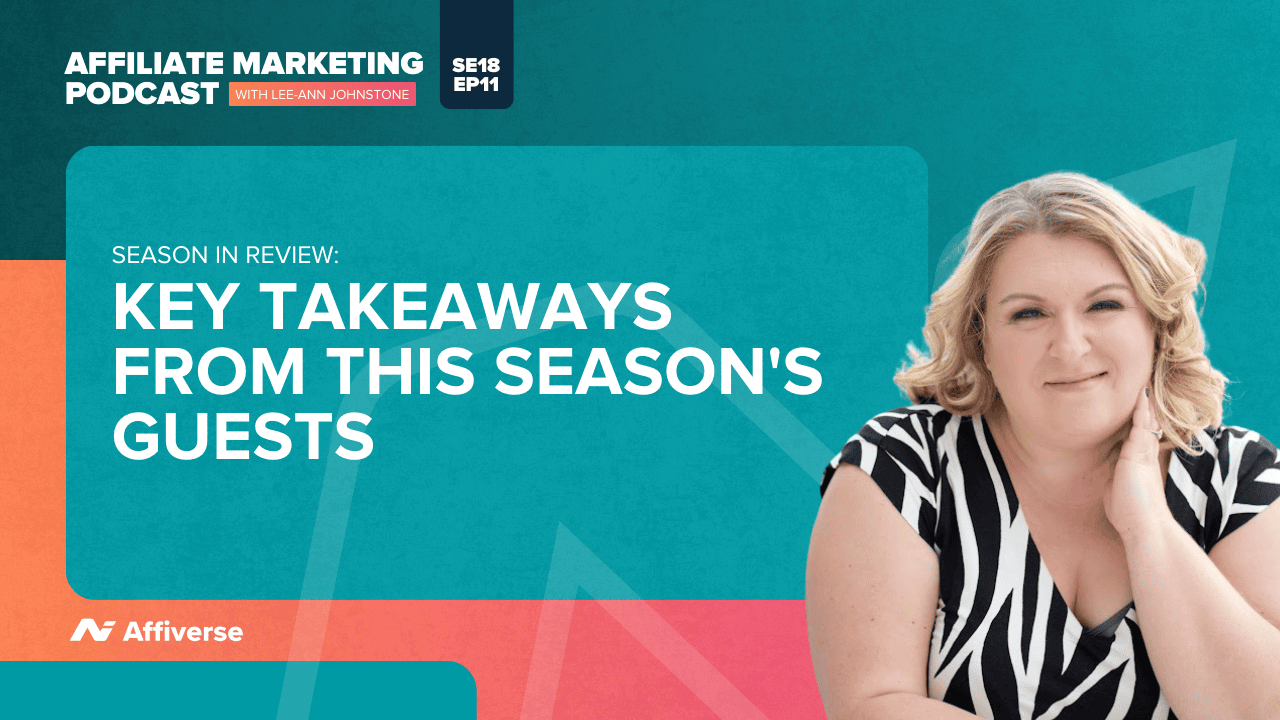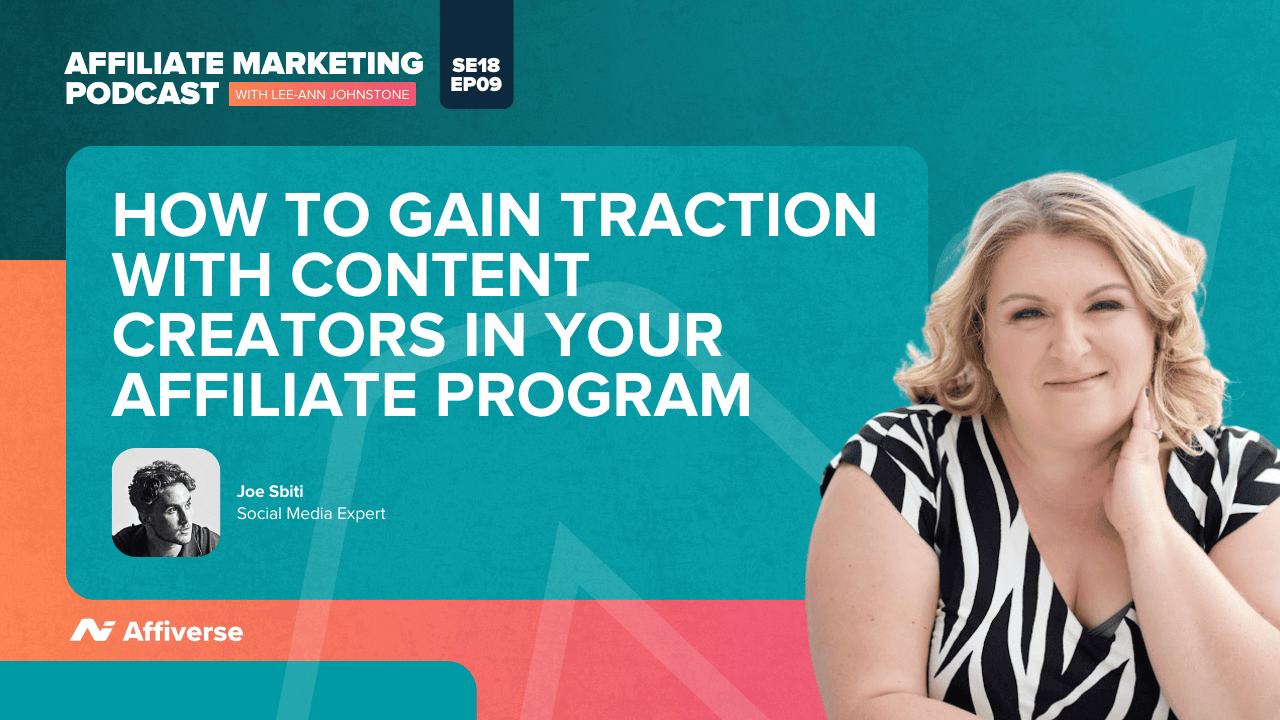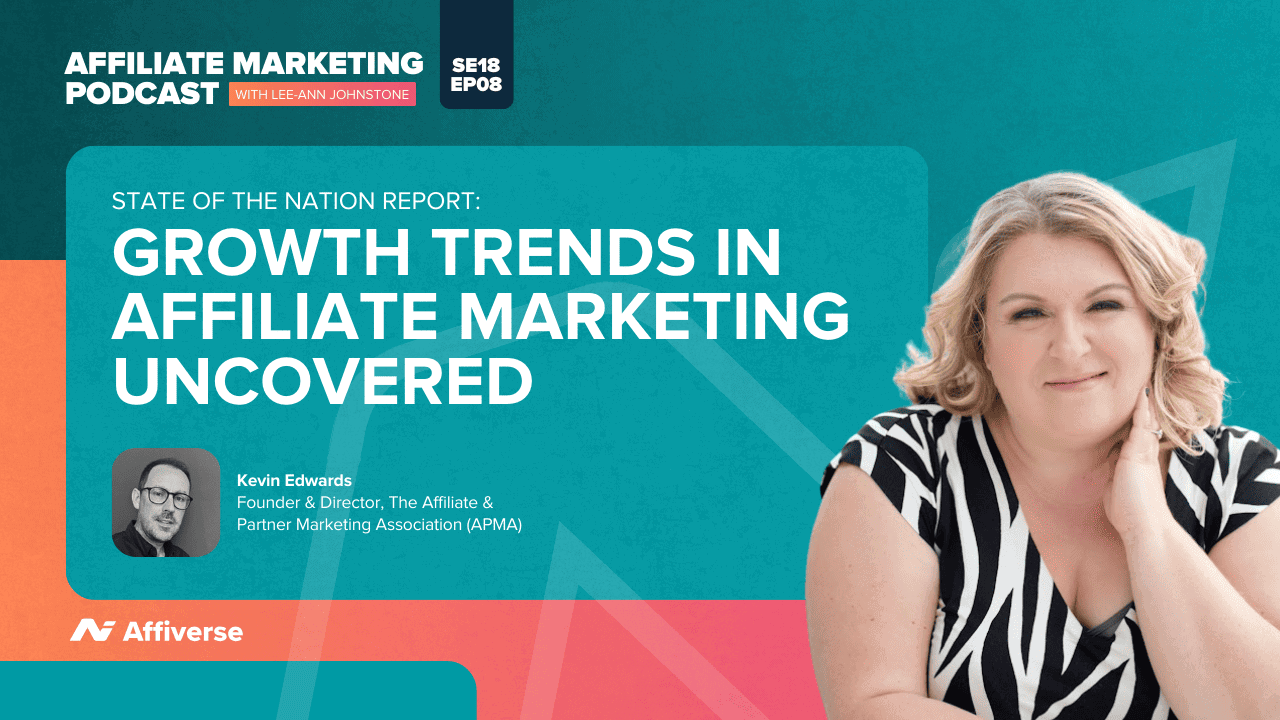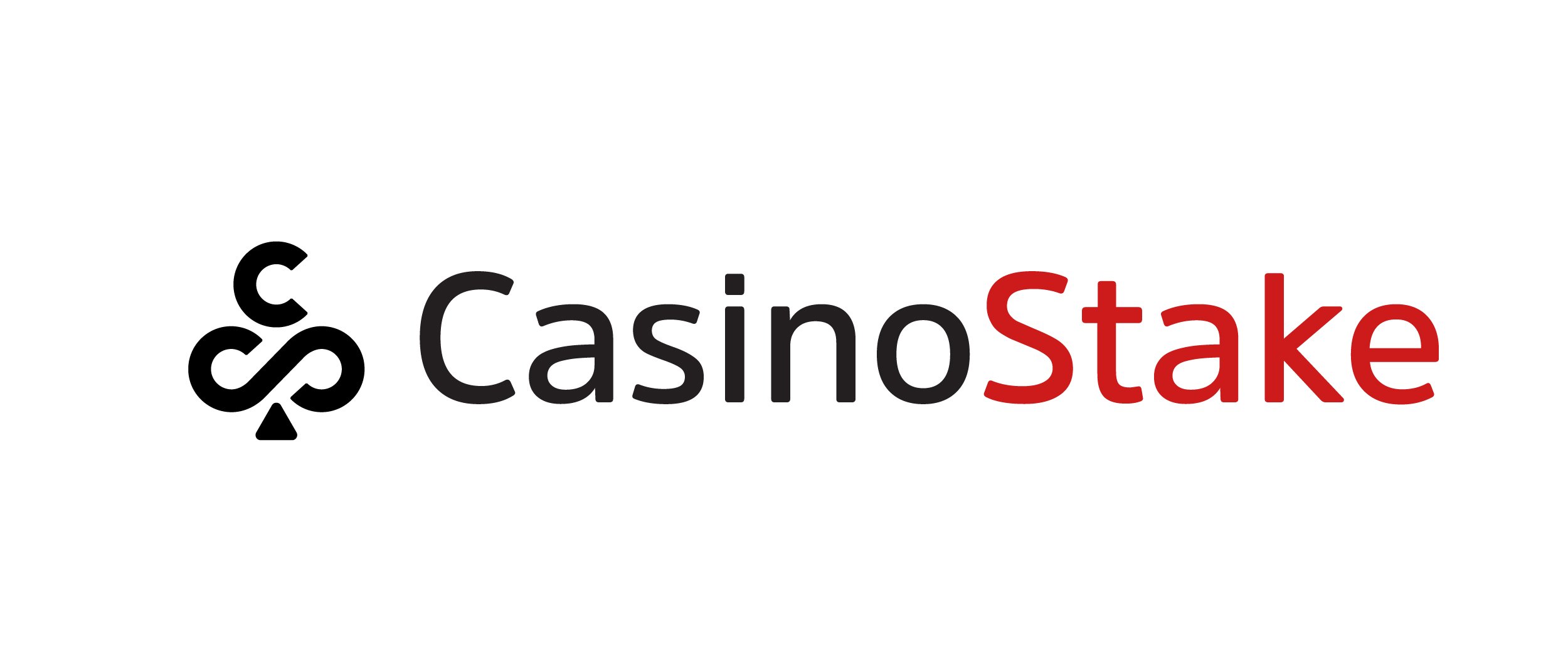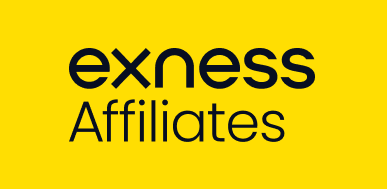That’s right. We said “stealing”. And you might be more guilty of it than you think. Image copyright is annoyingly vague and yet complicated. It’ll give a marketer a headache but is important to get your head around and abide by it. The negative repercussions can be a lawsuit, as you will go on to read, but worse than that, they can be a loss of reputation and bad PR.
First, a quick breakdown of image copyright.
The one thing to remember is that the image belongs to one of three people (or a combination of them all):
- The person modelling in the photo
- The person taking the photo
- Someone holding the commission for a photo, which should be in writing no less.
If you have no commission and no input in the creation of the photo you have no say in where it is used, which is where some companies appear to be getting confused.
What’s happening?
There have been a few instances lately of creators putting companies on blast for the unlawful use of their image. Namely, an Instagram influencer and model called Madelynn Boykin (A.K.A. Madeline Liberman) spotted an image she did not give an affiliate partnering company, Kreyol Essence, permission to use, gracing the shelves of a makeup aisle, and decided to sue for false endorsement and misappropriation of likeness. Another is the case of @creepy.caitlin, who, while isn’t suing, went viral on TikTok for a …”spicy” photo she modelled for and posted on her Instagram suddenly appearing on t-shirts she had no hand in making.
So, the lesson here is to not use photos that don’t belong to you, and that a contract with the image copyright holder does not allow you access to every photo on their social pages. The likeness doesn’t belong to you, the creative aspect of the photo doesn’t belong to you, and you can only use it within the limits of a contract.
And you, as the savvy affiliate or social media marketing manager you are, might well scoff at the details of the case and say “Well, I don’t need a law to tell me that that’s wrong”, but there are a lot of grey areas, that even we on Affiverse have heralded like user-generated content and curated content, that could land you in hot water if not handled with care – and a contract.
So, how do you avoid a problem like that?
Get a contract
The first and most basic law of the land is to get it in writing. Simple. Every time.
Credit every time
The insult to injury that comes with this issue is crediting. A brand or person going out of their way to be sneaky about using an image without permission isn’t going to credit the model/photographer when they use it, therefore (or maybe because) the creator nor their fans have any idea who the model/photographer is and therefore there isn’t even the exposure price tag that brands like to pay creators with in lieu of real cash incentives.
On the other hand, even if you think you’re doing everything legally, always credit the model/photographer and if it merits it even get to crediting the make-up artist, costume designer, set designer and anything else relevant.
Curated content
The case of Madelynn Boykin is particularly relevant as she was an affiliate partner with the company she is suing. It speaks to the care affiliate marketing managers need to take when it comes to the consent of using images.
Curated content isn’t quite an affiliate partnership but it does raise the same issues that can happen in curated content. If you get into a partnership with a brand, stick to the terms you set. Outline where you will use the image, how often, and for what purpose. It doesn’t have to be a 20-page PDF document but it does have to be adhered to.
User-generated content
User-generated content is something we have heralded here on Affiverse, but we made a point of saying that everyone should be credited and be asked for permission to use the image.
These are not laws that only apply to influencers and celebrities. Don’t assume that because a user has only five followers that they are going to be happy with you using their likeness or image. You can assume that they won’t sue because they can’t afford it, but you know the rule about assuming, don’t you?
Besides, as phone cameras get better and influencers aim to be more authentic, it’s harder to distinguish who “identifies” as an influencer. An influencer can have thousands of Instagram followers and might just be really good at keeping up in touch with every friend they’ve ever had.
Don’t go using users’ content without permission. Image copyright might sound like a hassle, but most users are excited to be part of your campaign. Simply ask a few users and plan for most of them to come back to you within a few days. Tell them exactly what you’re using the photo for and stick to the limits you set. If you say “on our Instagram page” only post it on your Instagram page.
If you’re looking for more affiliate marketing advice, take a look at our blog for all the latest insights. Or for a more personalised approach, book a free call with a member of our team. Or, for the very best expert advice, gain access to our Elevate Summit in June for insights from proven greats at the top of the affiliate industry. Access over 14 hours’ worth of content with advice from workshops, panels, and talks.


